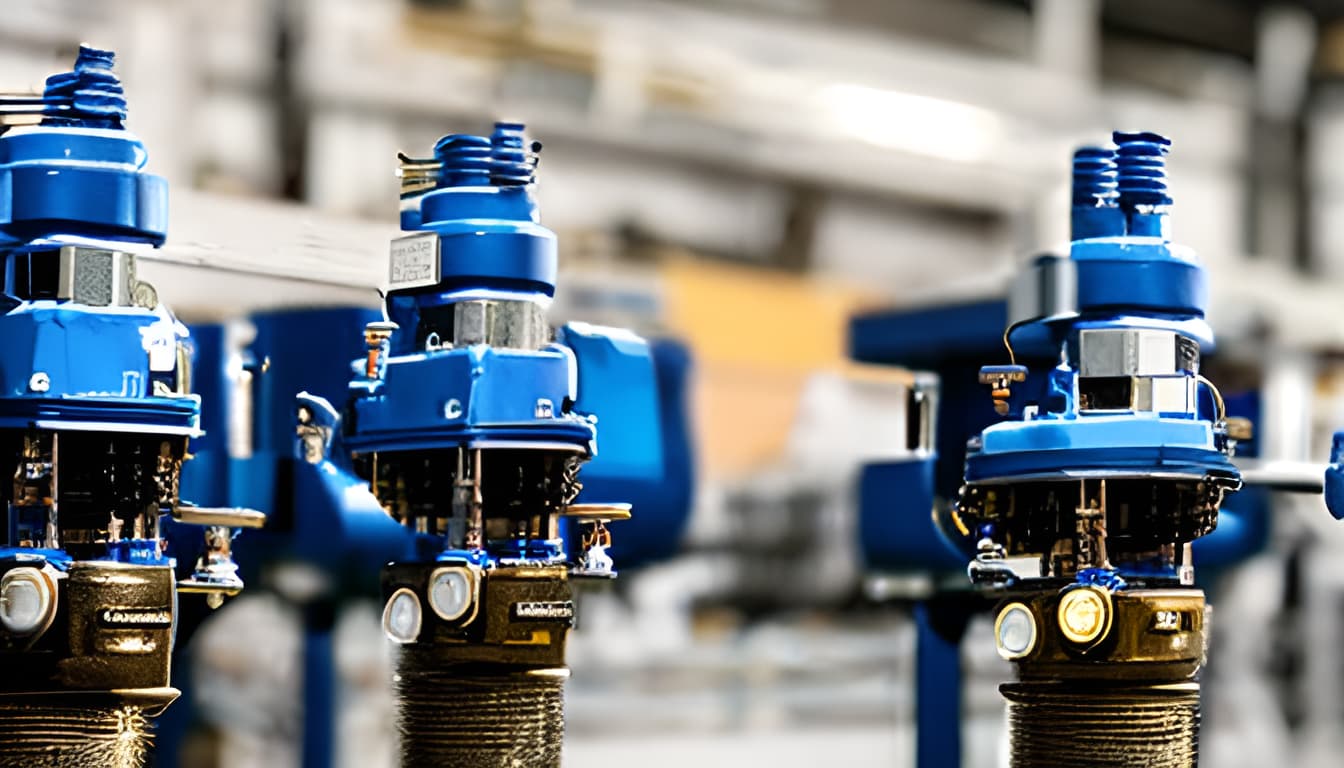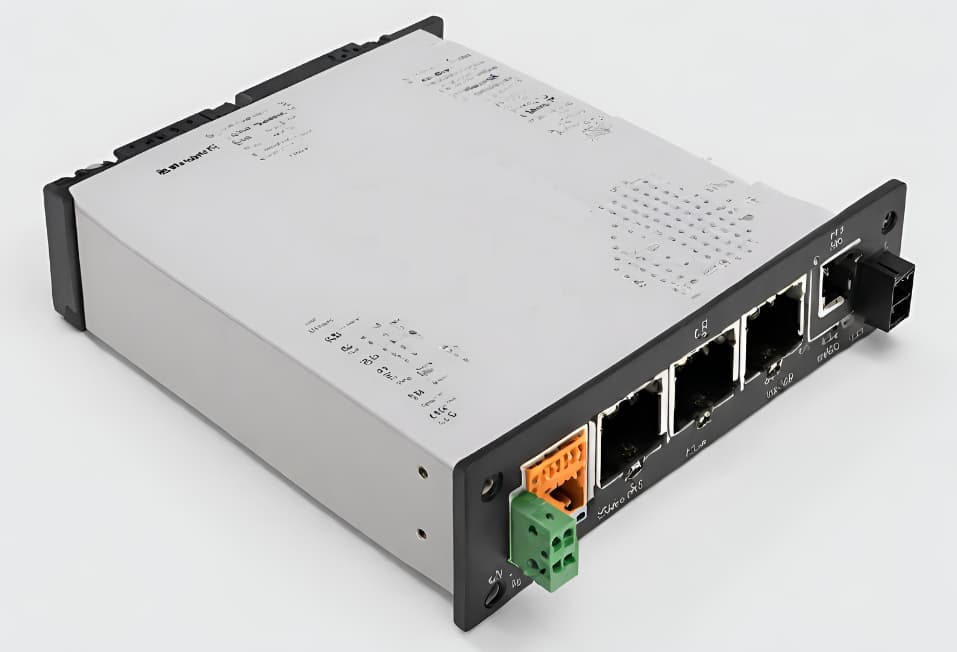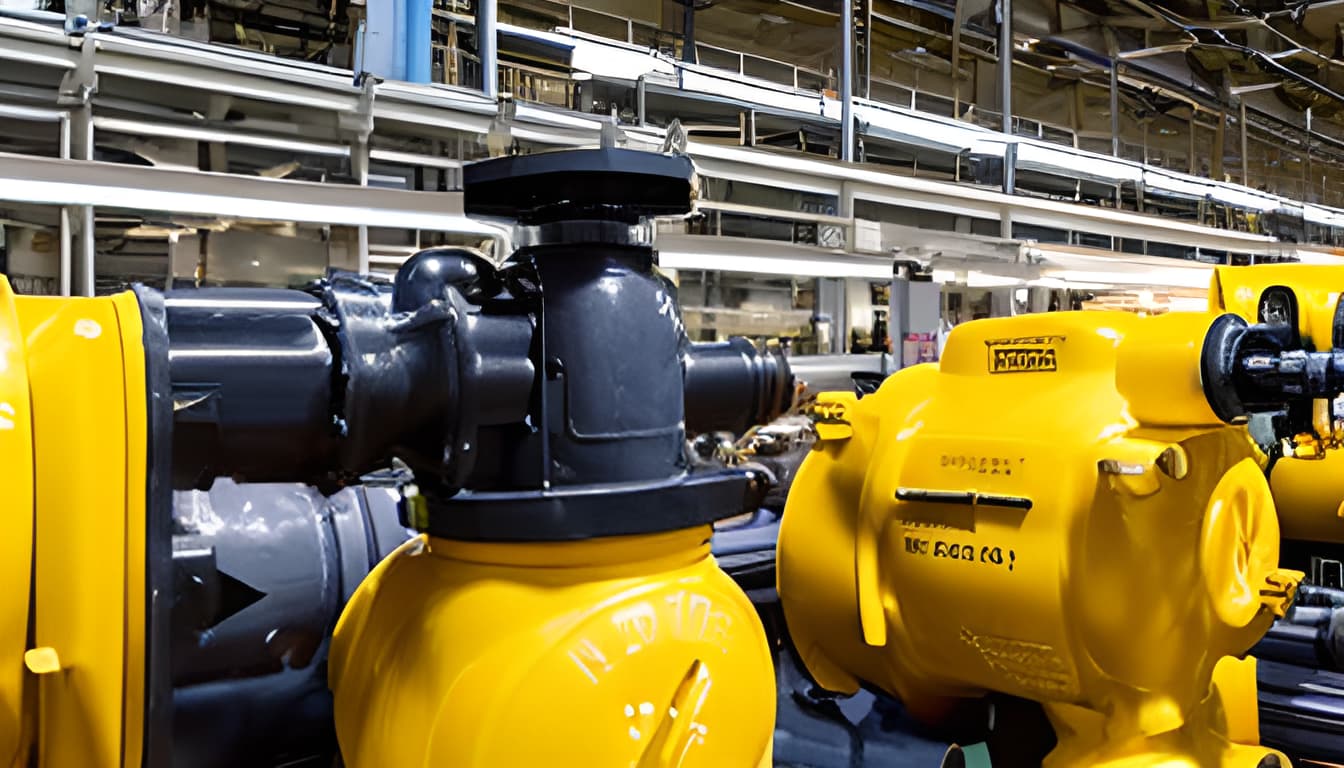Control valves are unsung heroes in the realm of industrial processes, silently regulating fluid flow to ensure optimal performance and safety. Whether you’re in the oil and gas industry, chemical processing, water treatment, or even managing HVAC systems, Johnson Controls control valves play a pivotal role in maintaining precision and efficiency. In this blog post, we’ll delve into the fundamental aspects of control valves, helping you grasp the essentials of these crucial components.
What Are Control Valves?
At their core, control valves are devices designed to control the flow of fluids in industrial processes. Imagine them as the traffic lights of a complex system, directing the flow of liquids or gases to maintain specific variables like flow rate, pressure, or temperature. By modulating the flow, control valves ensure that processes run smoothly and consistently.
Types of Control Valves
Honeywell control valves come in various shapes and sizes, each designed for specific applications. Here are some common types:
Globe Valves: Recognizable by their spherical shape, globe valves are ideal for precise flow control. They find use in industries like pharmaceuticals and HVAC systems.
Butterfly Valves: Butterfly valves feature a disc that rotates in a circular motion to control flow. They’re often chosen for large-scale applications, such as water treatment plants.
Ball Valves: With a ball-shaped disc, ball valves are known for their quick shutoff capabilities. They’re frequently used in industries where tight shutoff is critical.
Diaphragm Valves: These valves use a flexible diaphragm to control flow. They’re valued in industries that require high purity, like food processing.
Plug Valves: Plug valves use a cylindrical or conical plug to regulate flow. They’re suitable for applications with abrasive or corrosive fluids.
Understanding the types of control valves available is crucial for selecting the right one for your specific needs.
Components of Control Valves
A typical control valve comprises several key components:
Valve Body: The valve body houses the internal components and is responsible for directing fluid flow.
Actuator: The actuator is the muscle of the control valve, responsible for opening and closing the valve.
Valve Trim: The valve trim includes the plug, disc, or ball that directly interacts with the fluid flow.
Valve Positioner (if applicable): In some cases, a positioner is used to precisely control the valve’s position and flow.
These components work together seamlessly to regulate the flow of fluids within an industrial process.
Control Valve Functionality
The primary function of a control valve is to regulate fluid flow by modulating the valve’s position. When the valve is partially open, it restricts the flow, and when fully open, it allows the fluid to pass freely. This throttling action maintains the desired process variable, be it temperature, pressure, or flow rate.
Control Valve Actuators
Control valve actuators are responsible for moving the valve’s internal components. They come in various types, including pneumatic, electric, and hydraulic actuators. The choice of actuator depends on the specific requirements of the application. Pneumatic actuators, for instance, are common in industries requiring quick responses and precise control.
Control Valve Sizing
Proper sizing of control valves is critical to achieving the desired level of control. Oversized valves may not modulate effectively, while undersized valves can cause excessive pressure drops. Factors like flow rate, pressure, temperature, and fluid properties are considered in the sizing process.
Control Valve Accessories
Control valves often work in conjunction with accessories and instrumentation to optimize performance. These include positioners, I/P converters, valve position feedback devices, and solenoid valves. Positioners, for example, ensure that the valve reaches the desired position accurately, enhancing control precision.
Control Valve Applications
Control valves find applications across a wide spectrum of industries:
Oil and Gas: In the oil and gas industry, control valves regulate the flow of various fluids, ensuring efficient operations and safety.
Chemical Processing: Control valves play a pivotal role in chemical manufacturing, helping maintain precise conditions for chemical reactions.
Water Treatment: Water treatment plants rely on control valves to manage the purification process, ensuring clean and safe drinking water.
HVAC Systems: Control valves are integral to HVAC systems, controlling the flow of heating or cooling fluids to maintain comfort.
Pharmaceutical Manufacturing: Precise control valves are essential in pharmaceutical production to ensure product quality.
Conclusion
In this blog post, we’ve scratched the surface of the world of control valves. These devices are the unsung heroes of industrial processes, diligently ensuring that everything flows as it should. Whether you’re in a manufacturing facility, a water treatment plant, or an oil refinery, control valves are the guardians of precision and efficiency, quietly working behind the scenes to keep processes running smoothly. Understanding their basics is the first step in harnessing their power for your specific needs.



